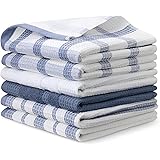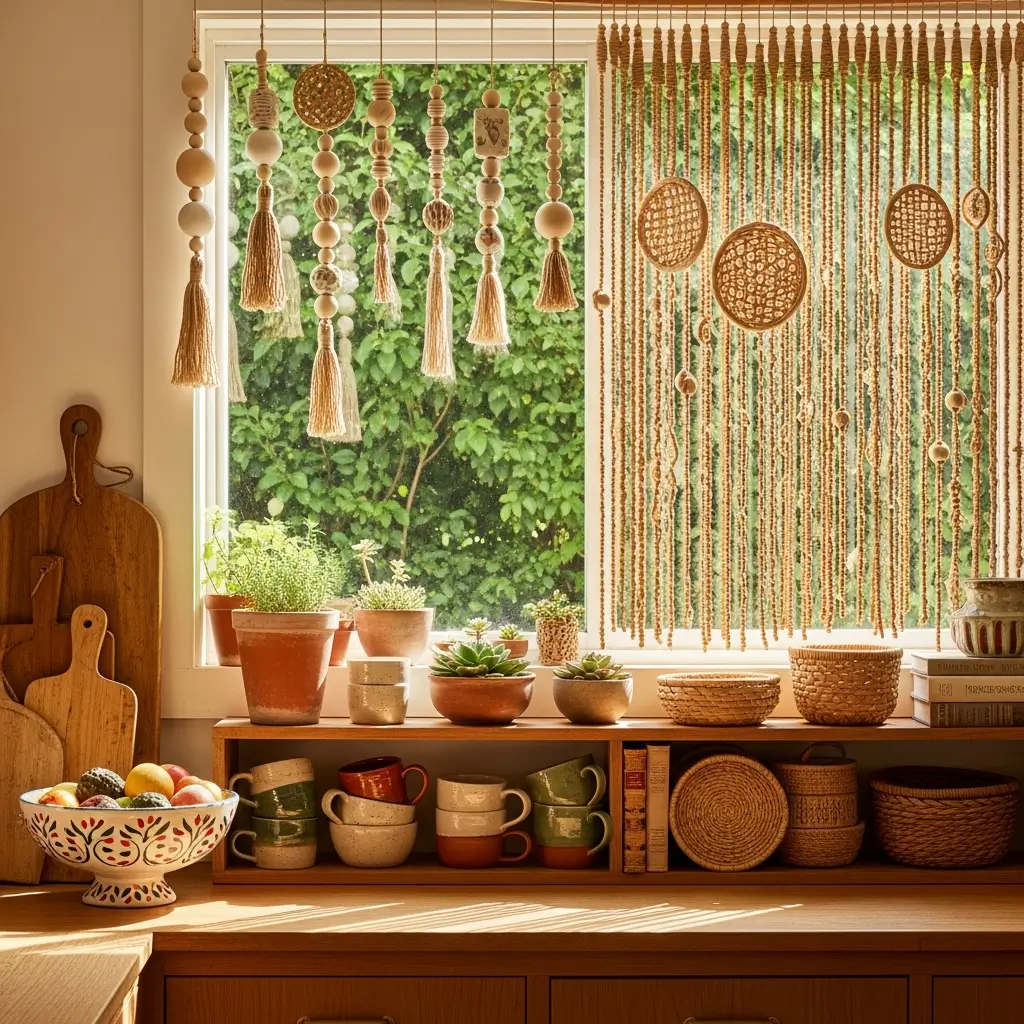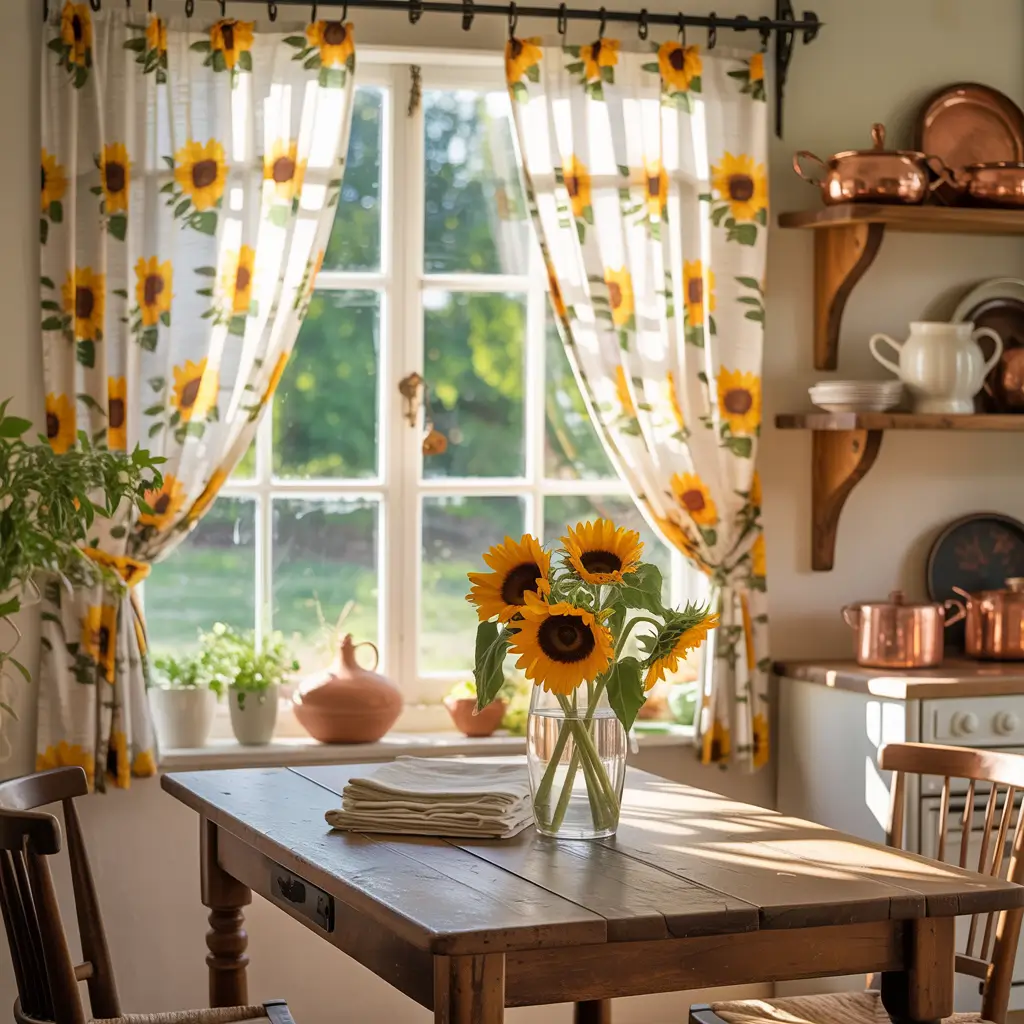Do It Yourself Fireplace Surround: DIY Easy Guide

Owala FreeSip Insulated Stainless Steel Water Bottle with Straw, BPA-Free Sports Water Bottle, Great for Travel, 24 Oz, Denim
$29.99 (as of November 11, 2025 20:08 GMT +00:00 - More infoProduct prices and availability are accurate as of the date/time indicated and are subject to change. Any price and availability information displayed on [relevant Amazon Site(s), as applicable] at the time of purchase will apply to the purchase of this product.)STANLEY Quencher H2.0 Tumbler with Handle and Straw 40 oz | Flowstate 3-Position Lid | Cup Holder Compatible for Travel | Insulated Stainless Steel Cup | BPA-Free | Plum
$26.55 (as of November 11, 2025 20:08 GMT +00:00 - More infoProduct prices and availability are accurate as of the date/time indicated and are subject to change. Any price and availability information displayed on [relevant Amazon Site(s), as applicable] at the time of purchase will apply to the purchase of this product.)Rubbermaid Brilliance Food Storage Containers BPA Free Airtight Lids Ideal for Lunch Meal Prep & Leftovers Set of 5 (3.2 Cup)
$27.99 (as of November 11, 2025 20:08 GMT +00:00 - More infoProduct prices and availability are accurate as of the date/time indicated and are subject to change. Any price and availability information displayed on [relevant Amazon Site(s), as applicable] at the time of purchase will apply to the purchase of this product.)Etekcity Food Kitchen Scale, Digital Grams and Ounces for Weight Loss, Baking, Cooking, Keto and Meal Prep, LCD Display, Medium, 304 Stainless Steel
$13.99 (as of November 11, 2025 20:08 GMT +00:00 - More infoProduct prices and availability are accurate as of the date/time indicated and are subject to change. Any price and availability information displayed on [relevant Amazon Site(s), as applicable] at the time of purchase will apply to the purchase of this product.)Alpha Grillers Meat Thermometer Digital - Instant Read Food Thermometer for Cooking and Grilling Stocking Stuffers for Men Christmas Gifts for Men
$13.58 (as of November 11, 2025 20:08 GMT +00:00 - More infoProduct prices and availability are accurate as of the date/time indicated and are subject to change. Any price and availability information displayed on [relevant Amazon Site(s), as applicable] at the time of purchase will apply to the purchase of this product.)Crock-Pot 7 Quart Oval Manual Slow Cooker, Stainless Steel (SCV700-S-BR), Versatile Cookware for Large Families or Entertaining
$47.99 (as of November 11, 2025 20:08 GMT +00:00 - More infoProduct prices and availability are accurate as of the date/time indicated and are subject to change. Any price and availability information displayed on [relevant Amazon Site(s), as applicable] at the time of purchase will apply to the purchase of this product.)KitchenAid Classic Multifunction Can Opener and Bottle Opener Easy to Use, Razor Sharp Stainless Steel Cutting Wheel, Soft Ergonomic Handles, Black
$14.35 (as of November 11, 2025 20:08 GMT +00:00 - More infoProduct prices and availability are accurate as of the date/time indicated and are subject to change. Any price and availability information displayed on [relevant Amazon Site(s), as applicable] at the time of purchase will apply to the purchase of this product.)Owala SmoothSip Slider Insulated Stainless Steel Coffee Tumbler, Reusable Iced Coffee Cup, Hot Coffee Travel Mug, BPA Free 12 oz, Vanilla Bean
$24.99 (as of November 11, 2025 20:08 GMT +00:00 - More infoProduct prices and availability are accurate as of the date/time indicated and are subject to change. Any price and availability information displayed on [relevant Amazon Site(s), as applicable] at the time of purchase will apply to the purchase of this product.)HydroJug Traveler - 32 oz Water Bottle with Handle & Flip Straw - Fits in Cup Holder, Leak Resistant Tumbler-Reusable Insulated Stainless Steel & Rubber Base - Gifts for Women & Men, Pink Sand
$34.99 (as of November 11, 2025 20:08 GMT +00:00 - More infoProduct prices and availability are accurate as of the date/time indicated and are subject to change. Any price and availability information displayed on [relevant Amazon Site(s), as applicable] at the time of purchase will apply to the purchase of this product.)ThermoPro TP19H Digital Meat Thermometer for Cooking with Ambidextrous Backlit and Motion Sensing Kitchen Cooking Food Thermometer for BBQ Grill Smoker Oil Fry Candy Instant Read Thermometer
$14.99 (as of November 11, 2025 20:08 GMT +00:00 - More infoProduct prices and availability are accurate as of the date/time indicated and are subject to change. Any price and availability information displayed on [relevant Amazon Site(s), as applicable] at the time of purchase will apply to the purchase of this product.)A fireplace is the natural heart of a home, but a dated or plain surround can make the entire room feel lackluster. Learning how to build a do it yourself fireplace surround is one of the most impactful and rewarding home improvement projects you can undertake. This comprehensive guide will walk you through every step—from planning and material selection to construction and finishing—empowering you to create a stunning focal point that reflects your personal style and enhances your home’s value.
Section 1: Understanding Fireplace Surrounds: More Than Just Decoration
A fireplace surround is the frame that borders the opening of your fireplace. While its aesthetic role in defining a room’s character is undeniable, its functional purposes are equally important .
A well-built surround protects the wall from heat damage and can help deflect heat back into the room, improving efficiency . For electric fireplace inserts, the surround also provides the essential structural framework that supports the weight of the unit and any components above it, such as a television . Before picking up a single tool, understanding the components and rules will set the stage for a successful project.
Fireplace Surround Safety and Building Codes
Safety is the paramount concern when building anything near a heat source. Adherence to building codes is not optional. The National Fire Code stipulates that any combustible material (like wood) must maintain a minimum clearance from the firebox opening .
A standard rule is a minimum of 6 inches between the firebox opening and the surround . Furthermore, for every 1/8 inch the material protrudes from the wall, it must be an additional 1 inch away from the opening . Always prioritize your specific fireplace manufacturer’s instructions and local building codes, which may be stricter than national guidelines .
Section 2: Planning Your DIY Fireplace Surround

Thorough planning is the most critical phase of your project. Rushing this stage can lead to costly mistakes or safety hazards.
Choosing the Right Material
Your choice of material will define the project’s cost, complexity, and final aesthetic. The surround itself must be made of non-combustible materials if it is close to the firebox opening; however, if you are building a decorative frame around a non-combustible surface (like tile) or are using an electric insert, wood becomes a popular and safe choice .
Here is a comparison of common materials used for or in the construction of fireplace surrounds:
Design and Measurement
Once you’ve chosen a material, it’s time to design your surround. Consider the style of your home—whether it’s modern, traditional, or rustic—and let that guide the profile and details .
Crucial Measurements:
- Firebox Opening: Measure the exact width and height of your fireplace opening .
- Overall Size: Determine the desired width and height of your entire surround. A common approach is to add at least 6 inches to the width and height of the firebox opening to ensure proper clearance .
- Wall Space: Ensure the planned dimensions are proportionate to your wall and room.
Tools and Materials Checklist
Gathering everything you need before starting will make the process smoother. For a wooden surround frame, you will typically need:
Materials:
- Lumber (e.g., 1×3, 1×6, 2×4, 2×6 boards for the frame)
- Plywood (for shelving or backing)
- Decorative moulding (e.g., crown moulding for a layered look)
- Wood glue
- Screws (2.5″ and 3″ star-head or deck screws)
- Finish nails (1 ¼” 16-gauge)
- Wood filler or spackle
- Sandpaper (various grits)
- Primer, paint, and/or stain
Tools:
- Tape measure and pencil
- Miter saw (essential for clean angled cuts)
- Level (3-foot and torpedo level)
- Drill/Driver
- Angled finish nailer
- Clamps (corner clamps are especially helpful)
- Stud finder
- Safety glasses and dust mask
Section 3: Step-by-Step Construction Guide
This guide outlines the process for building a common wooden frame surround that can be finished with drywall, painted, or used as a base for tile or other materials.
Step 1: Build the Internal Frame
The frame provides the structural skeleton for your surround. For a built-in look that houses an electric insert, this often involves building a box-like structure from 2x4s and 2x6s .
- Locate and Mark Studs: Use a stud finder to locate the wooden studs in your wall. Mark their locations with a pencil. This is where you will anchor the main frame for maximum strength .
- Cut and Assemble the Frame: Following your plan, cut the 2x4s to size. Assemble the side frames and the front frame using wood glue and screws. Using a corner clamp will ensure your frames are perfectly square . For areas that will bear significant weight (like supporting a fireplace insert or TV), use stronger 2×6 lumber .
- Anchor the Frame to the Wall: Attach horizontal cleats (pieces of 2×6) to the wall studs using heavy-duty screws. Then, lift your assembled frame and secure it to these cleats. This is a two-person job due to the weight and size of the frame .
Step 2: Add the Decorative Surround Layers
With the structural frame in place, you can build the visible surround. This is often done with thinner, more decorative wood like 1x3s and 1x6s to create a stepped profile .
- Build the Base Layer: Using 1×3 boards, construct a simple rectangular frame that will sit directly against the wall around the fireplace opening. Attach it to the wall or the internal frame using wood glue and finish nails .
- Add Subsequent Layers: Following your design, add additional layers of wood (e.g., 1x6s, then more 1x3s) to create depth and shadow lines. Glue and nail each layer to the one beneath it, using clamps to hold pieces in place while you work .
- Install Moulding: For a traditional look, add crown moulding to the layers. Cut the corners at a 45-degree angle (inside miters) for a professional finish .
Step 3: Install the Mantel Shelf and Final Enclosure
The mantel shelf is the crowning jewel of the surround.
- Build Mantel Supports: Inside the frame, attach sturdy supports made from 2x4s or 2x6s using a pocket-hole jig for a clean look or strong metal brackets .
- Attach the Shelf: The shelf itself can be made from a solid piece of wood or built by laminating two boards together for a thicker appearance. Secure the shelf to the supports below with glue and screws driven from underneath or behind .
- Close the Top and Sides: If your design includes a solid top (for example, to hold a TV), cut pieces of plywood or select pine boards to size. Miter the corners for a seamless look and attach them to the frame with glue and nails .
Section 4: Finishing Your DIY Fireplace Surround

The finishing touches will transform your wooden structure into a polished piece of furniture.
Sanding, Filling, and Caulking
- Sand Thoroughly: Go over the entire surround with sandpaper, starting with a medium grit (120) and progressing to a fine grit (220). This ensures a smooth surface for painting or staining .
- Fill Holes and Seams: Fill all screw and nail holes with wood filler. For a seamless look, caulk all the gaps between the surround and the wall, as well as any small seams in the woodwork .
- Clean: Wipe down the entire surround with a tack cloth to remove all dust.
Painting or Staining
- Prime: If you are painting, apply a high-quality primer. This is especially important if you are using knotty wood like pine, as it prevents the knots from bleeding through the paint.
- Apply Finish: Apply at least two thin coats of paint or stain, allowing ample drying time between coats. Using a paint sprayer can achieve a very smooth, professional-looking finish .
Section 5: Alternative DIY Approaches and Inspiration
If a full wooden surround isn’t right for you, there are other creative DIY paths.
- The Faux Plaster Look: You can achieve a high-end, modern plaster look by covering a simple frame with drywall and then skimming it with joint compound, Venetian plaster, or Roman clay . This creates a smooth, seamless, and contemporary appearance.
- The Tile Update: One of the simplest ways to update an existing surround is to tile over the current material. You can use ceramic, porcelain, or even stone tiles. Ensure the surface is clean, sound, and properly prepared with a suitable primer before applying tile with heat-rated adhesive .
- The Antique Mantel: For instant character, source a salvaged or antique wooden mantel and build a simple tile surround or a painted frame to integrate it into your space .
Conclusion: Enjoy Your New Fireplace Focal Point
Building a do it yourself fireplace surround is a challenging but deeply satisfying project that can completely transform the ambiance of your living space. By carefully planning for safety, selecting materials that match your skill level and design vision, and following a methodical construction process, you can create a beautiful and functional centerpiece for your home. The result is not just a fireplace but a testament to your craftsmanship—a warm, inviting feature that you and your family will enjoy for years to come.























